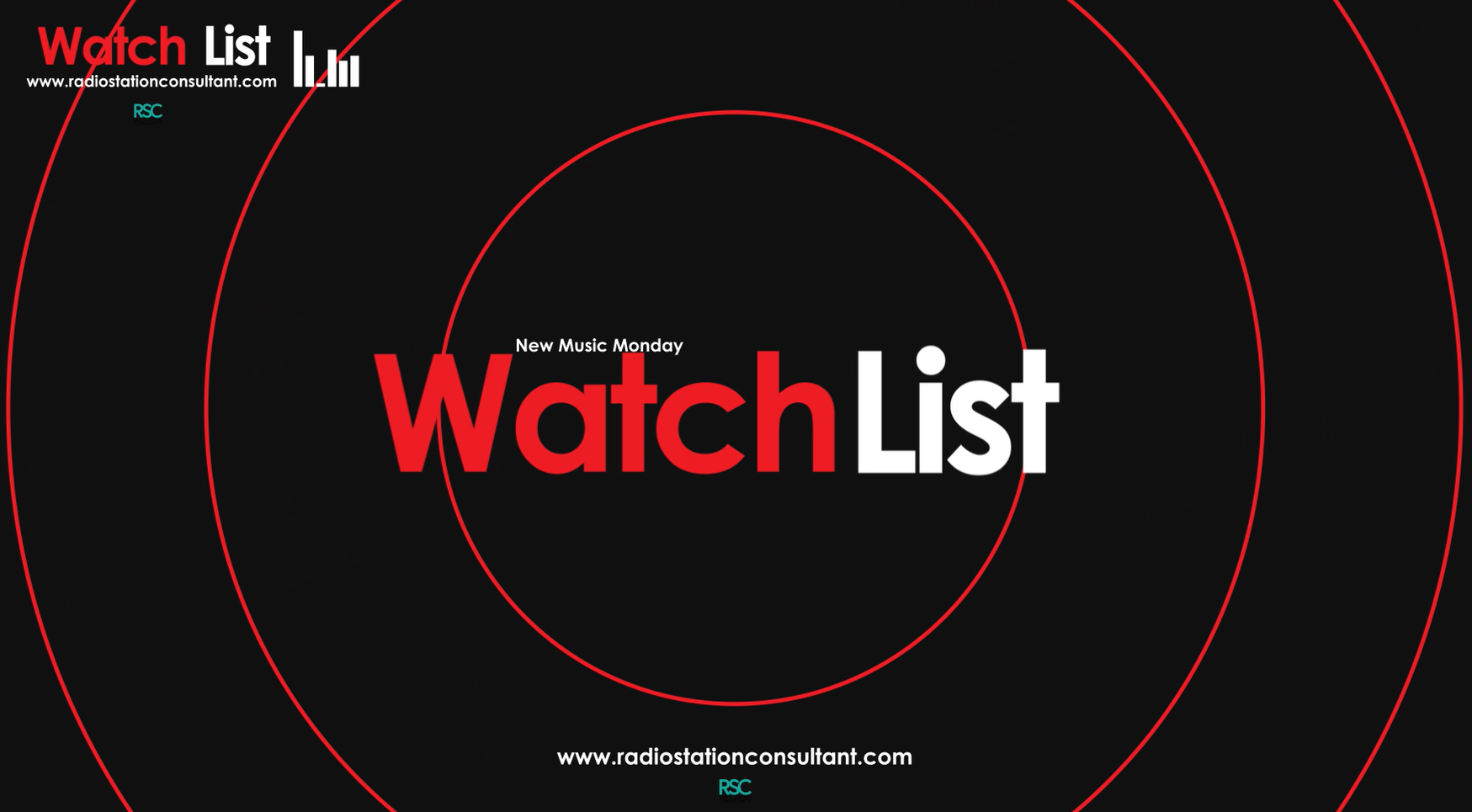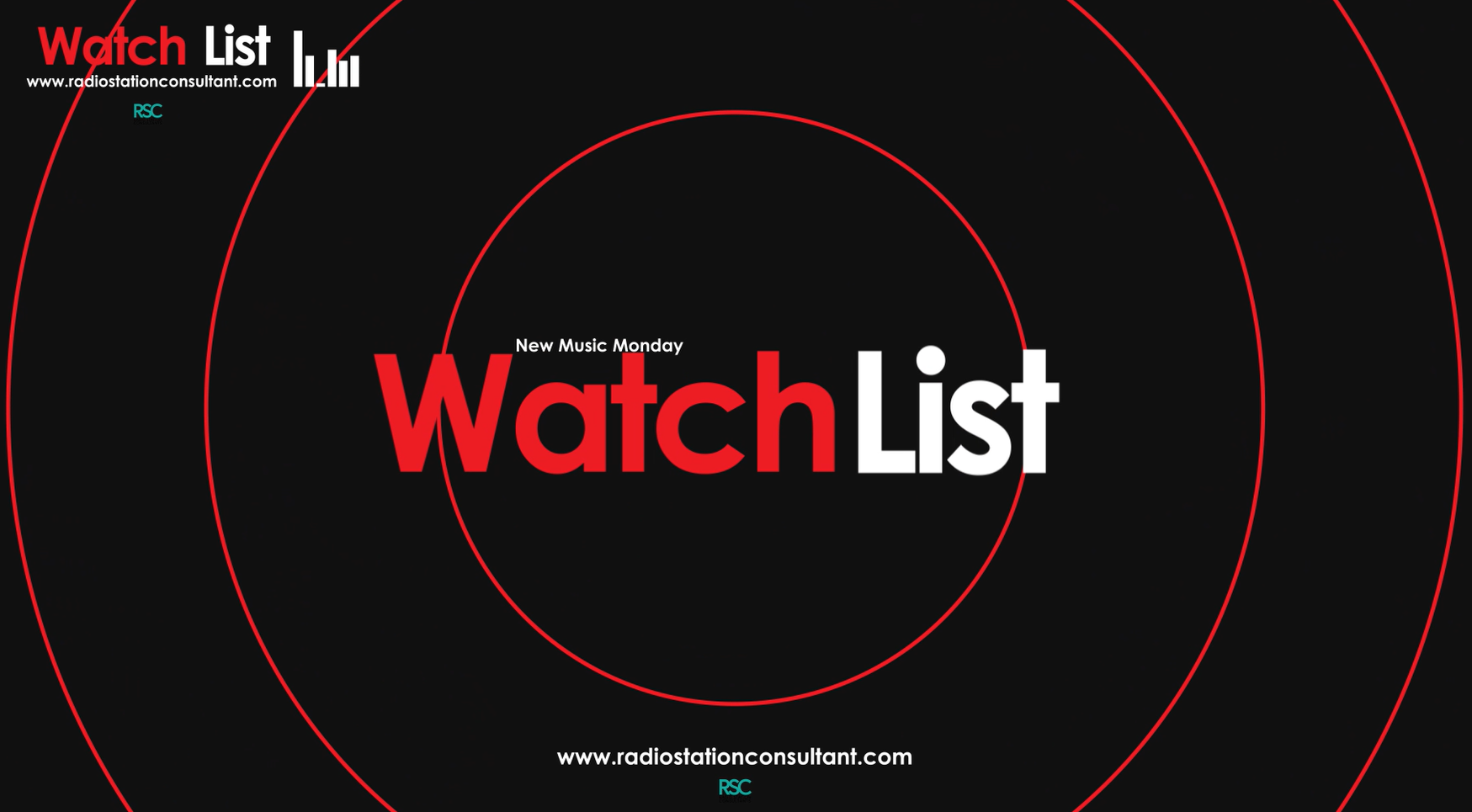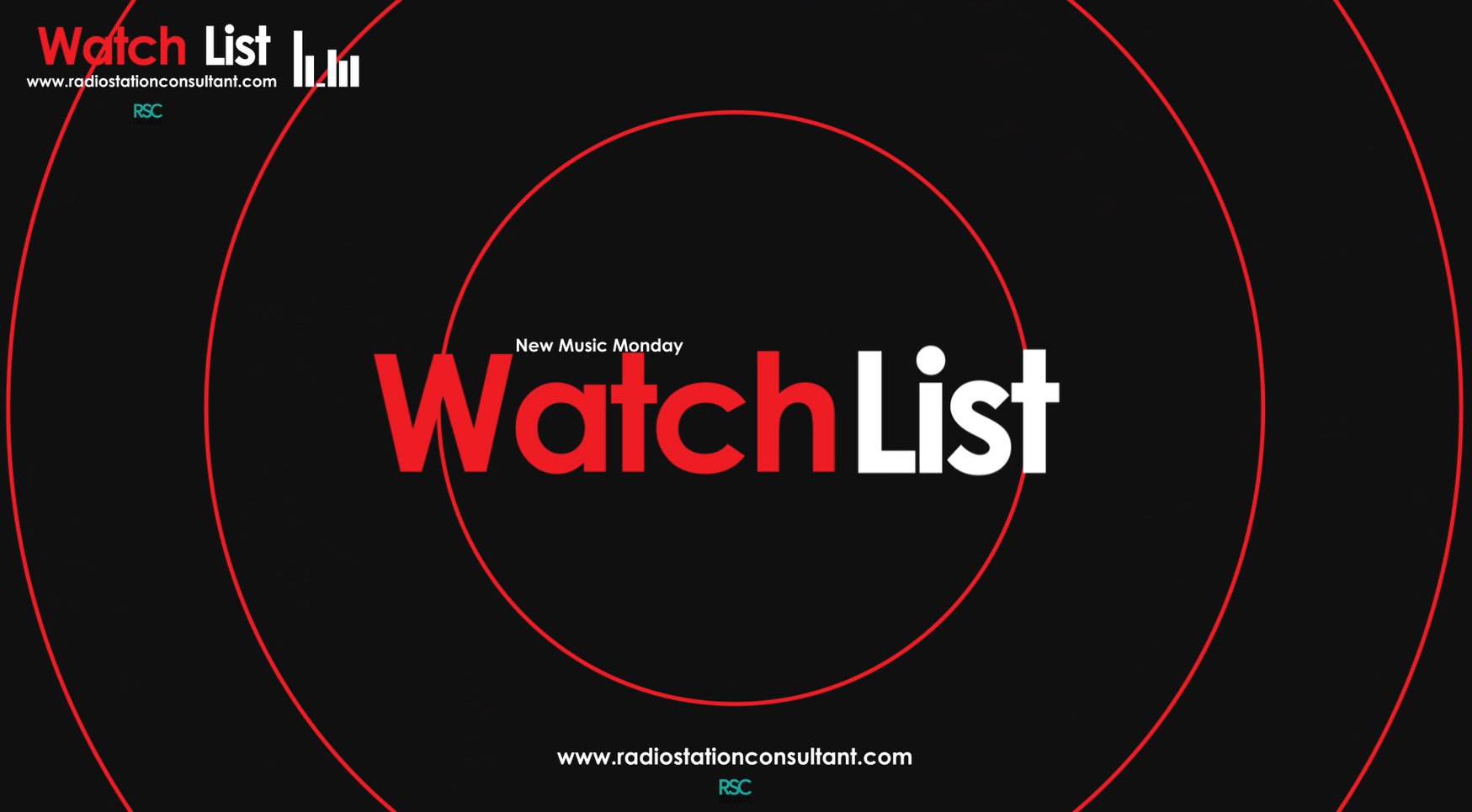 While several stations in a market may play the same music, the combination of music presentation, talent, community involvement, liners, produced voice-track talent, etc., makes a station unique and comprises its Stationality. This is what separates the successful radio station from the “also-rans.”
While several stations in a market may play the same music, the combination of music presentation, talent, community involvement, liners, produced voice-track talent, etc., makes a station unique and comprises its Stationality. This is what separates the successful radio station from the “also-rans.”
Listeners are drawn to the station when the programming is presented with passion, and the musical product is staged with charisma. Too often, a station will play great music but present it in a way that is too bland to spark any interest and excitement in its audience.
The following examples illustrate how a station can develop this programming charisma:
- An entertaining and compelling morning show that interacts with
 listeners on the phone and on air. The Lund Consultants term, Audience Interactives, describes these listener phone bits. Also, the talent “works the room” by making numerous personal appearances.
listeners on the phone and on air. The Lund Consultants term, Audience Interactives, describes these listener phone bits. Also, the talent “works the room” by making numerous personal appearances.
- Personalities mirror the audience. They show enthusiasm for the music, station events, the station in general, and being on the air. Their delivery reflects the interests and lifestyle of the audience. Talents show the listeners that their lives mirror that of the audience.
- Production “pulls the audience in” through the use of relatable phrases from TV shows, popular movies, listener testimonials, artist drops, etc.
 Adopting a cause relatable to the audience helps develop a “point of view,” like an environmental beach clean-up, an AIDS education project, or supporting the Children’s Miracle Network/St. Jude/Make a Wish.
Adopting a cause relatable to the audience helps develop a “point of view,” like an environmental beach clean-up, an AIDS education project, or supporting the Children’s Miracle Network/St. Jude/Make a Wish.
- Relatable promotions show listeners that the station is in tune with its audience’s interests and lifestyle, consistent with a fun station direction, and “bigger than life.”
- The entire station is customer (listener) focused. Staff members are genuinely interested in helping listeners interact with the station at on-site appearances through phone calls, written correspondence, social media communication, and the station’s website.
This charisma between songs results in an emotion that is injected into the presentation, resulting in more cume and time spent listening, a larger loyal core audience, and higher ratings. Making radio a priority with listeners extends Time Spent Listening.
the presentation, resulting in more cume and time spent listening, a larger loyal core audience, and higher ratings. Making radio a priority with listeners extends Time Spent Listening.
Listeners respond favorably to personalities who convey a sense of enthusiasm. This has occurred since the early 1970s when FM Rock related to the audience, the antithesis to the ultra-hype AM Top 40 jocks that screamed over the records, not really talking to anyone in particular. FM DJs became the extreme opposite of their AM counterparts by projecting an easy-going, almost irreverent attitude while speaking to the listener instead of “you out there.” Personality and connection enhance Stationality.
Pic AI generated by Creatopy.
John Lund is President of the Lund Media Group, a radio programming consulting firm with specialists in all mainstream radio formats. Did you find this article useful? You can leave a comment below or email John at John@Lundradio.com.













